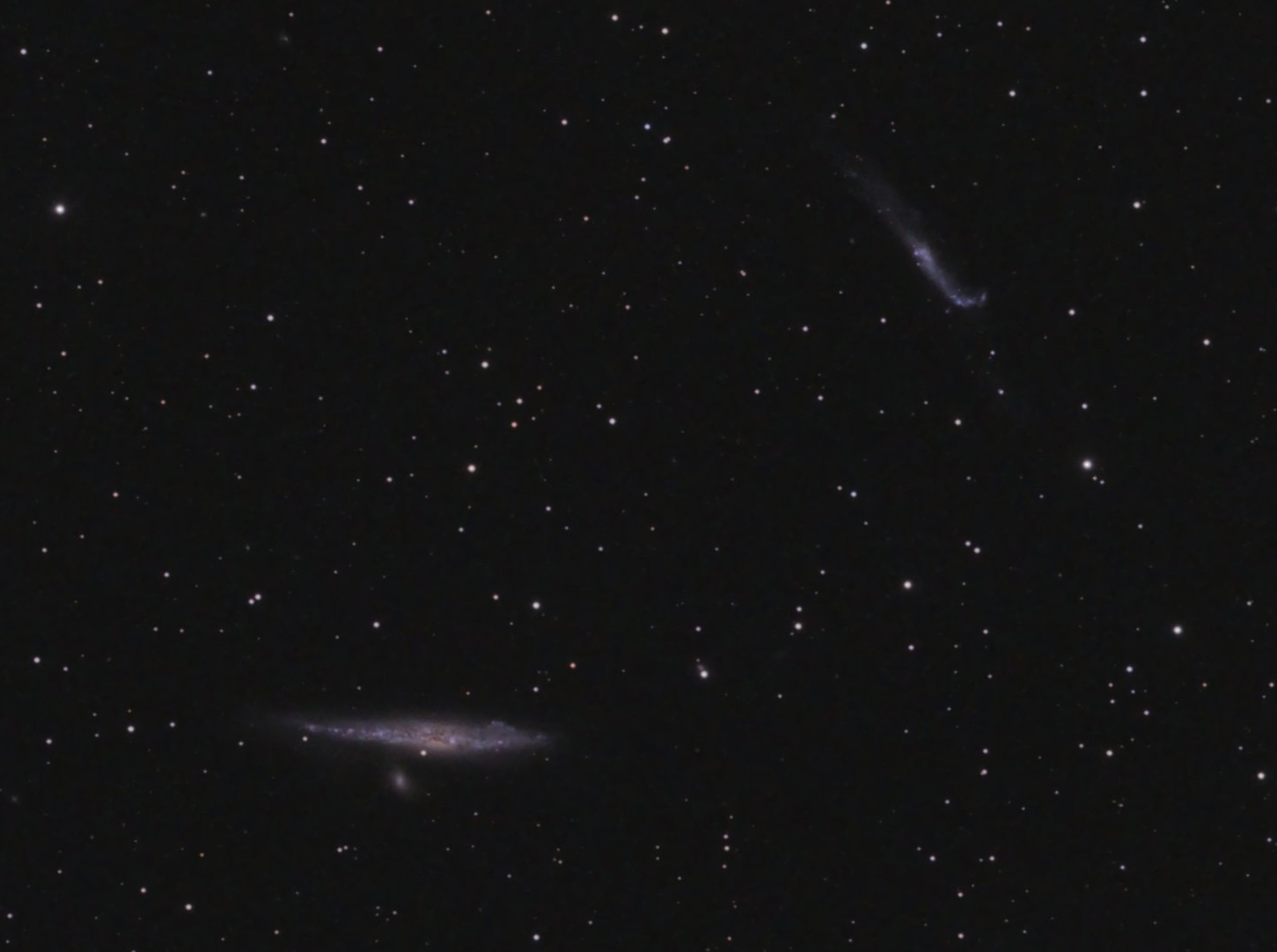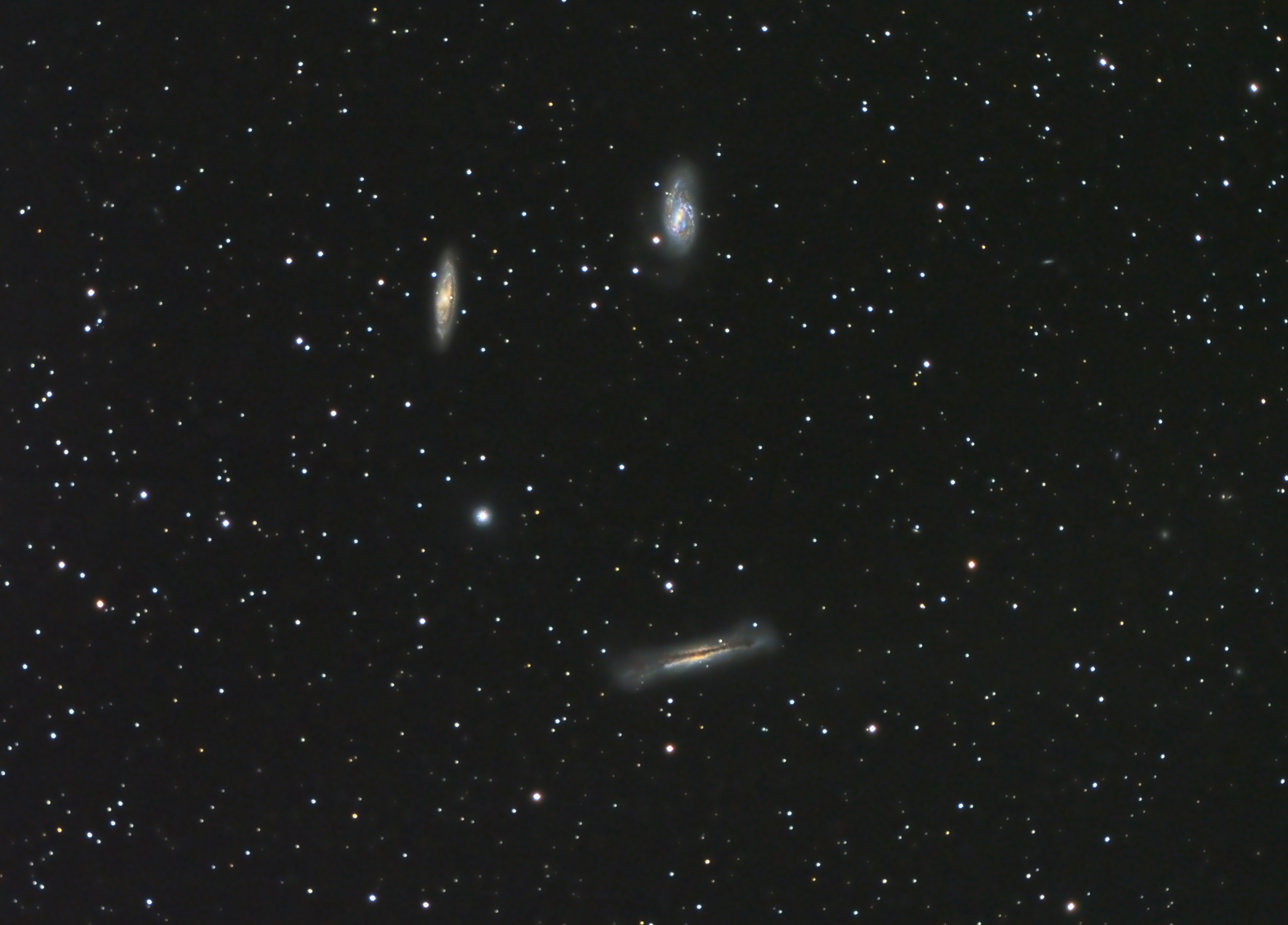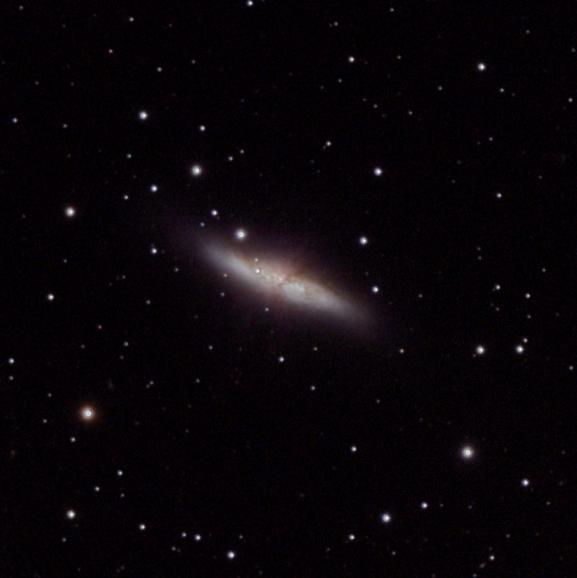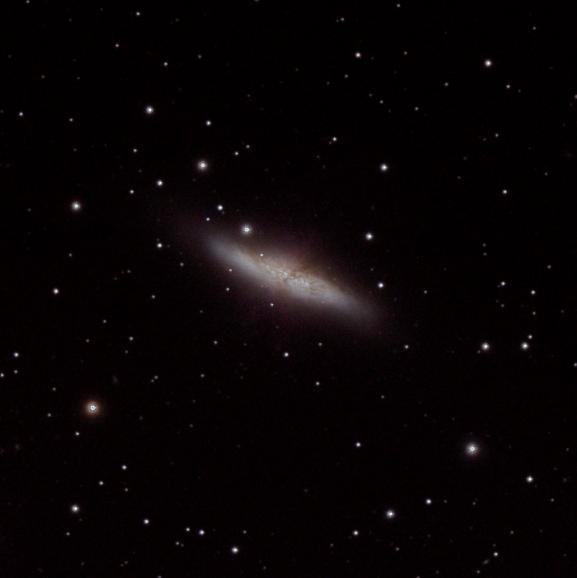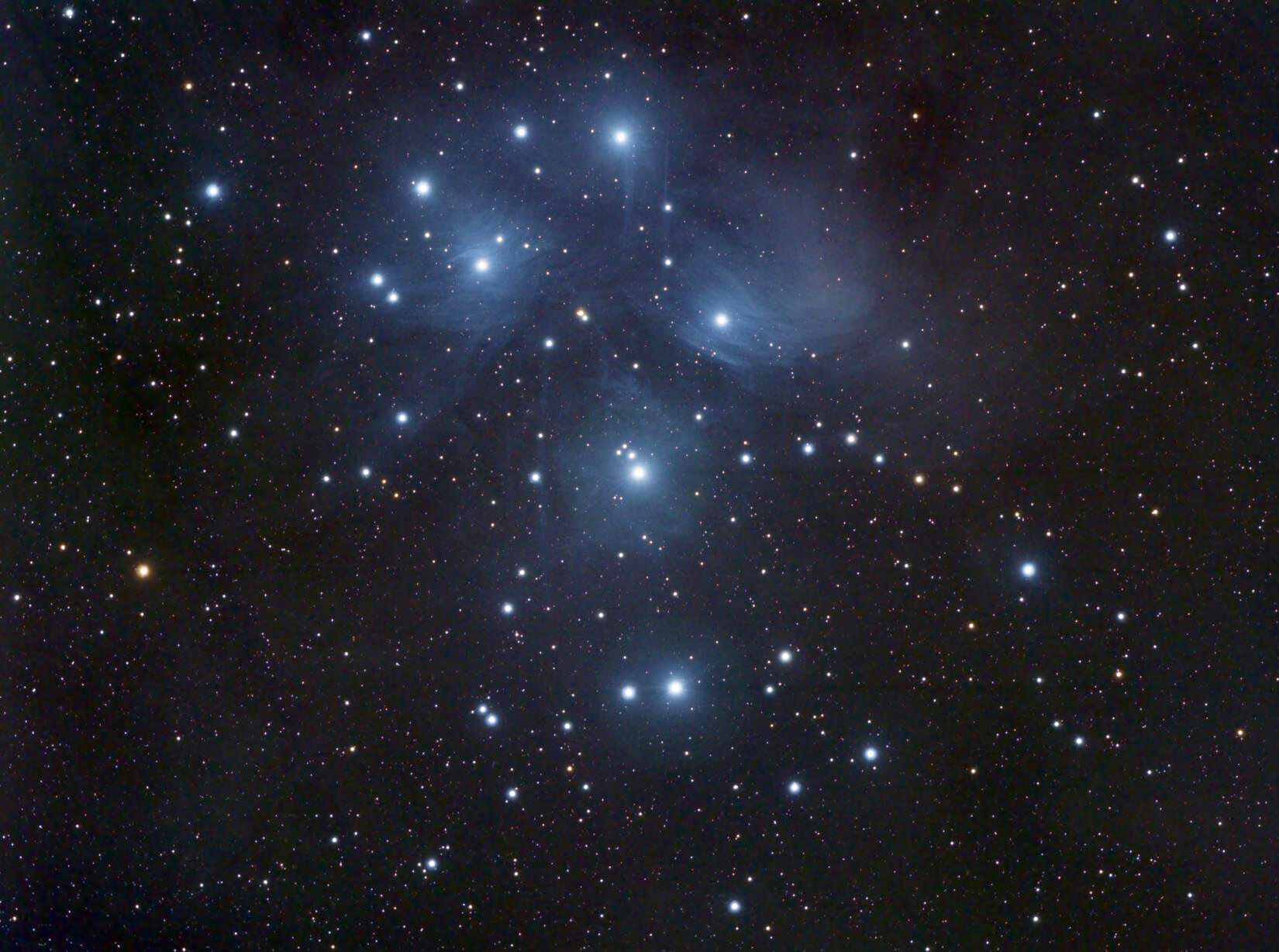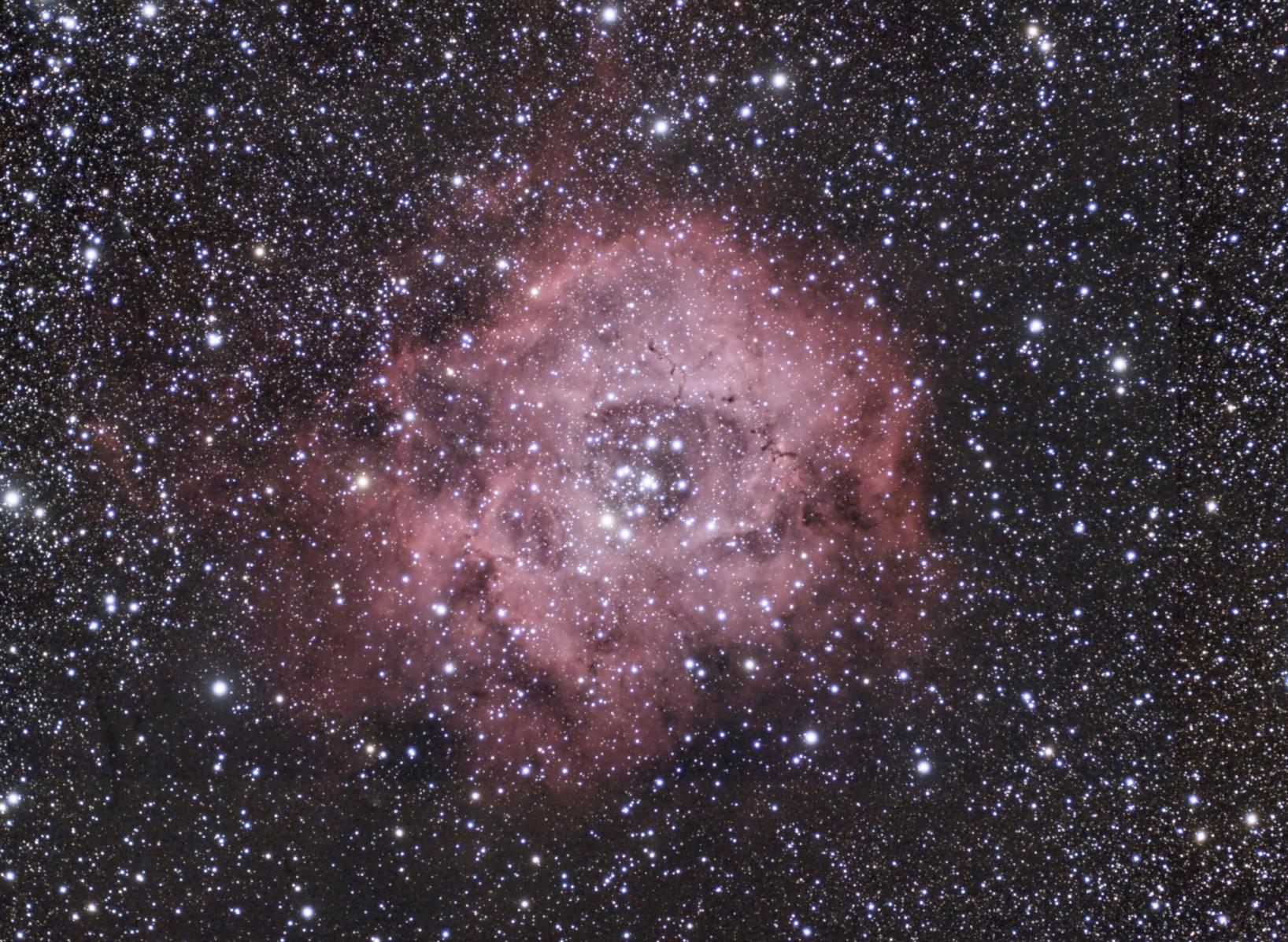A clear evening, the moon approaching third quarter and a long weekend courtesy of the Easter bank holiday; what to do…
No debate really; add some data to my Whale and Hockey Stick picture. Originally started at the Kelling Heath star party, I’ve subsequently added another 2 hour set and this was the third, taking me up to 6 hours in total.
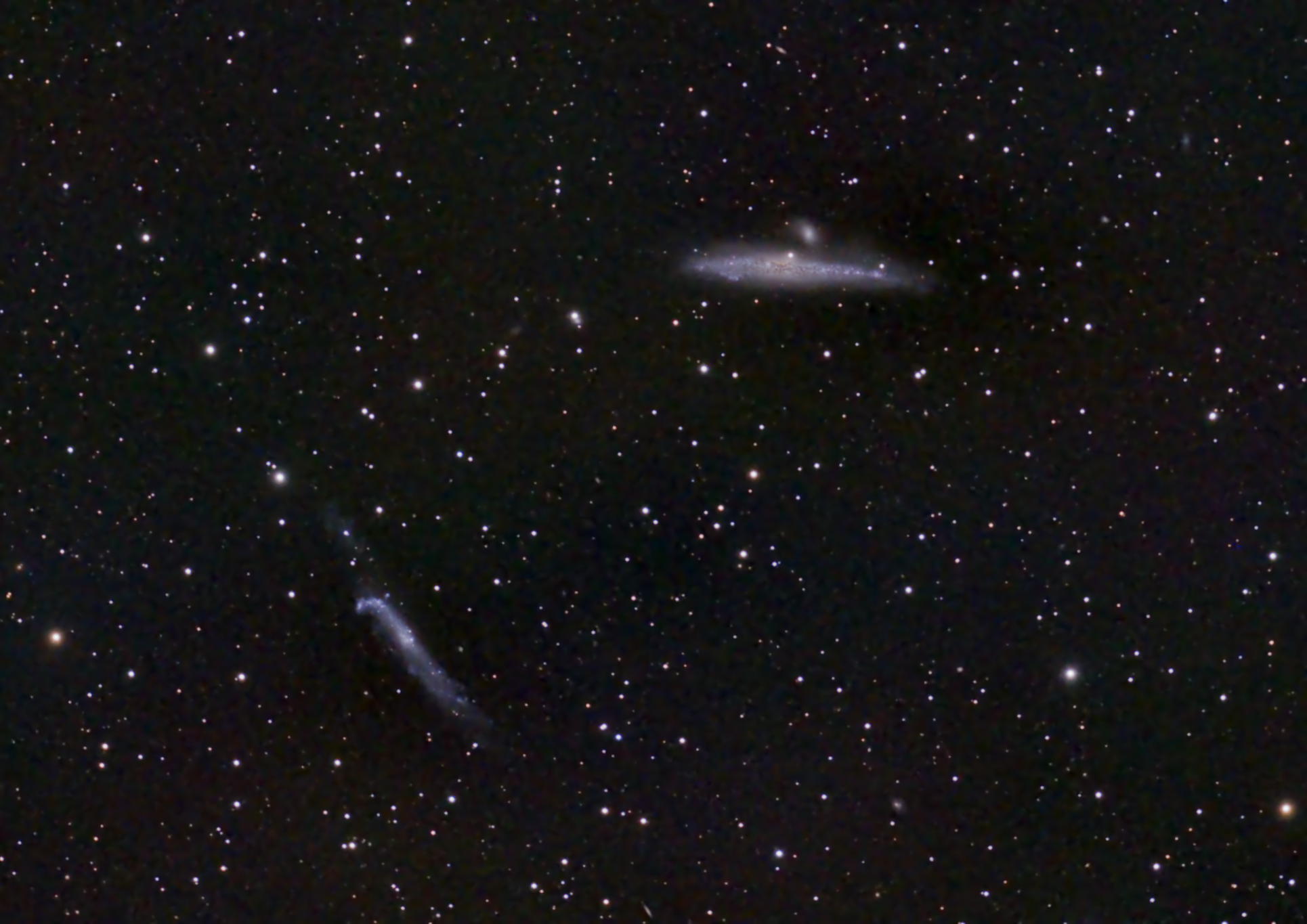 Replacing the Belkin USB hub with a Startech has stopped the lockups of the guider. I’ve still got a dry solder joint to track down in the power supply somewhere. I have my suspicions but I’m aiming to replace the cigarette lighter sockets with something a lot more substantial in the near future.
Replacing the Belkin USB hub with a Startech has stopped the lockups of the guider. I’ve still got a dry solder joint to track down in the power supply somewhere. I have my suspicions but I’m aiming to replace the cigarette lighter sockets with something a lot more substantial in the near future.
Stacked in Maxim DL
Processed with Pixinsight

